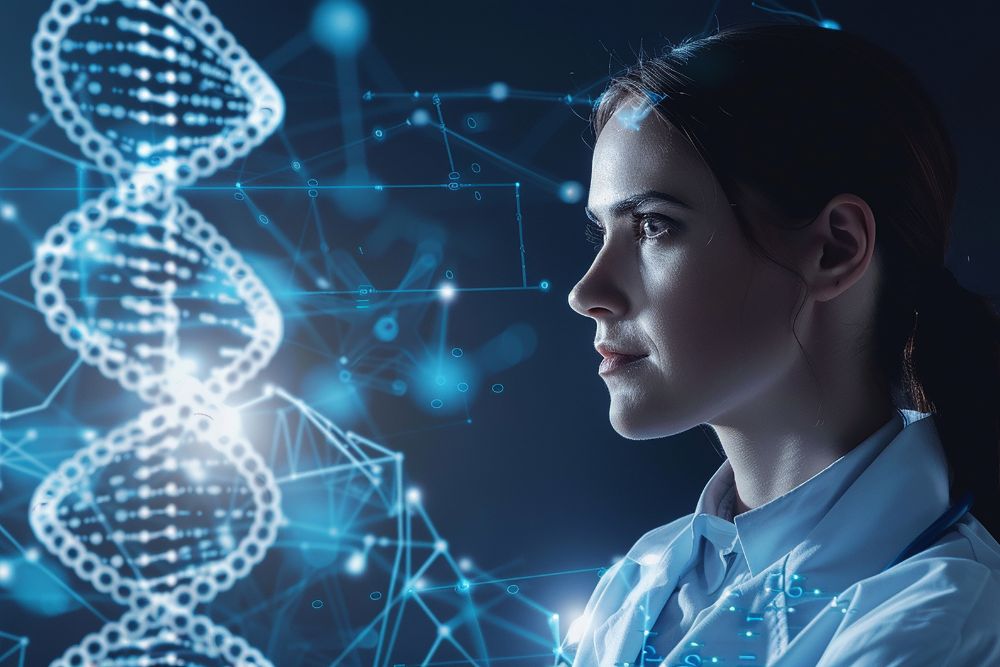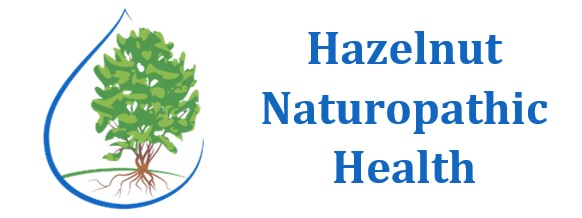
Biohacking: The Future is Now
What used to be science fiction, limited to books and movies, is now a reality. The development and accessibility of Clustered Regularly Interspaced Short Palindromic Repeats changed biotechnology globally. Commonly known as CRISPR, altering biology and physiology is now possible. Humans have essentially found a way to conquer diseases that were previously death sentences. CRISPR allows for small changes to cellular DNA and is used for various purposes from curing diseases to increasing metabolic rates. Amazingly, tiny changes to human physical appearance are possible by slowly altering DNA. This means the popularity of biohacking your way to better health has become more than just a fantasy. After all, how much money would you pay for the body and energy of a 20-year-old?
The Value of Longevity
According to The Globe, the longevity industry is now worth 320 million US dollars. These past few years, supplement companies, tech giants, and wellness coaches have been selling this idea. Using tools, substances, and routines in the right combination may help your body halt or reverse its biological age. Many people are now buying into the longevity market. The hunt for the elusive fountain of youth has been going on for centuries and continues today. Take this supplement, eat this engineered food, get this surgery, try this experimental drug…
Biohacking
Enter biohacking--a catch-all term for experiments and changes used to improve the body's functions. This umbrella term is typically for basement scientists injecting themselves with gene-editing tools or implanting microchips into their skin. Even those who practice fasting can be considered part of this group. With so many biohacking options available, how does one know what is reasonable? How much do you have to spend to find something that works?
This phenomenon began with self-experimentation in the late 1980s. These pioneers pushed the boundaries of the human body to smash all perceived limitations. Early biohackers were looking to find ways to beat aging and even death itself.
Different Types of Hacking
Biohacking continues to gain both scientific support and popularity. This can be as simple as intermittent fasting, cold-water therapy, or managing your caffeine intake. Others try to change their very DNA. There are three main branches of biohacking: molecular biohacking, biologics, and technological biohacking. Biologics and molecular biohacking use items such as vitamins, minerals, or peptides. Substances taken through ingestion, injection, or intravenously (IV) to enhance biology are typically considered biologics. Technological biohacking is the stuff of science fiction and includes wearable technologies, genetic modification, and those who believe in physically altering the human body by applying science. Below are a few more common types of biohacking people can do at home.
Nootropics--is a popular form of biohacking, also known as smart drugs. Smart drugs include capsules, supplements, drinks, and foods containing substances that may help boost brain performance, such as creatine or caffeine.
Wearable Technology--including smartwatches, head-mounted displays, and fitness-tracking bands are common pieces of modern technology. Wearables track health stats and make improvements, reach individual fitness goals, and monitor reproductive cycles.
Nutrigenomics--focuses on what you eat and how it interacts with your genes. This considers how foods can make you think, feel, or behave. Nutrigenomics is both popular and controversial. This field has recently broadened to include all nutrients that may protect DNA from damage.
DIY (do-it-yourself) Biology--also called DIY Bio, is a more technical variation of biohacking led by those with experience and education in scientific fields. It is NOT recommended for those without EXTENSIVE experience or study in the field of genetics.
Biohacking Communities
There are many biohacking gyms and communities worldwide looking for new members. Joining such a community can be expensive but can have benefits too. These groups bring together a large number of biohacking techniques, charge a membership fee, and then make recommendations for each member based on measurable biomarkers--essentially jump-starting this journey to health optimization.
These biomarkers give feedback on hormone levels and inflammation for each member. The information is used to make nutritional, exercise, and lifestyle changes designed to slow each individual's aging process and extend their lifespan. The verdict is still out on whether these memberships are worthwhile or not. However, many of the recommendations they make are rooted in science. It may be worth considering for those who do better in a supportive community.
What It Means
If you track your daily steps, record sleep patterns on your phone, or look for ways to use good habits to better yourself, you are biohacking. Each small step taken to better your overall health is a type of biohacking. Even using bloodwork to determine vitamin deficiencies or to learn what foods create inflammation in your system is a form of biohacking. All of these decisions can impact your lifespan in positive or negative ways.
Biohacking is an extension of what people are already doing to achieve optimum health. But, all forms of these techniques have the potential to have hazardous impacts on your health. As always, consult your healthcare provider before deciding to modify your daily habits or body in ANY way. Without reliable information, it can be difficult to tell if biohacking is another health trend that will fall to the wayside or if it's something here to stay. Biohacking may seem very futuristic, but the future is here, now.
Looking for natural options to upgrade your life? Dr. Blandford offers a 15 minute Discovery Visit for you to see if naturopathic health options are right for you and your health goals.
Resources:
- Geng, Caitlin. 2022. "What to Know About Biohacking." Medical News Today. Reviewed by Monisha Bhanote MD, FCAP, ABOIM, CCMS, YMTS. https://www.medicalnewstoday.com/articles/biohacking
- Horton, John. 2024. "What Is Biohacking? with Melissa Young, MD." Cleveland Clinic. https://my.clevelandclinic.org/podcasts/health-essentials/what-is-biohacking-with-melissa-young
- Isador, Graham. 2024. "The Wild World of Biohacking is Unproven and Expensive, and Arguably Worth the Price: Is Biohacking the Magic Bullet that Will Help Us Live Longer? Graham Isador Looks for the Answer." The Globe and Mail, Toronto. ProQuest, http://grcc.idm.oclc.org/login?url=https://www.proquest.com/blogs-podcasts-websites/wild-world-biohacking-is-unproven-expensive/docview/2918724835/se-2
- Jewel, Tim. 2019. "Guide to Biohacking: Types, Safety, and How To." Healthline. Reviewed by Deborah Weatherspoon, Ph.D., MSN. https://www.healthline.com/health/biohacking
- Mead MN. 2007. "Nutrigenomics: the Genome-Food Interface. Environ Health Perspect." National Library of Medicine; 115(12): A582-9. doi: 10.1289/ehp.115-a582. PMID: 18087577; PMCID: PMC2137135. https://pmc.ncbi.nlm.nih.gov/articles/PMC2137135/
- Sinha Dutta, Sanchari Ph.D. 2023. "The Truth About Biohacking." News Medical Life Sciences. Reviewed by Danielle Ellis, B.Sc. https://www.news-medical.net/health/The-Truth-About-Biohacking.aspx

Leave a Comment
(0 Comments)